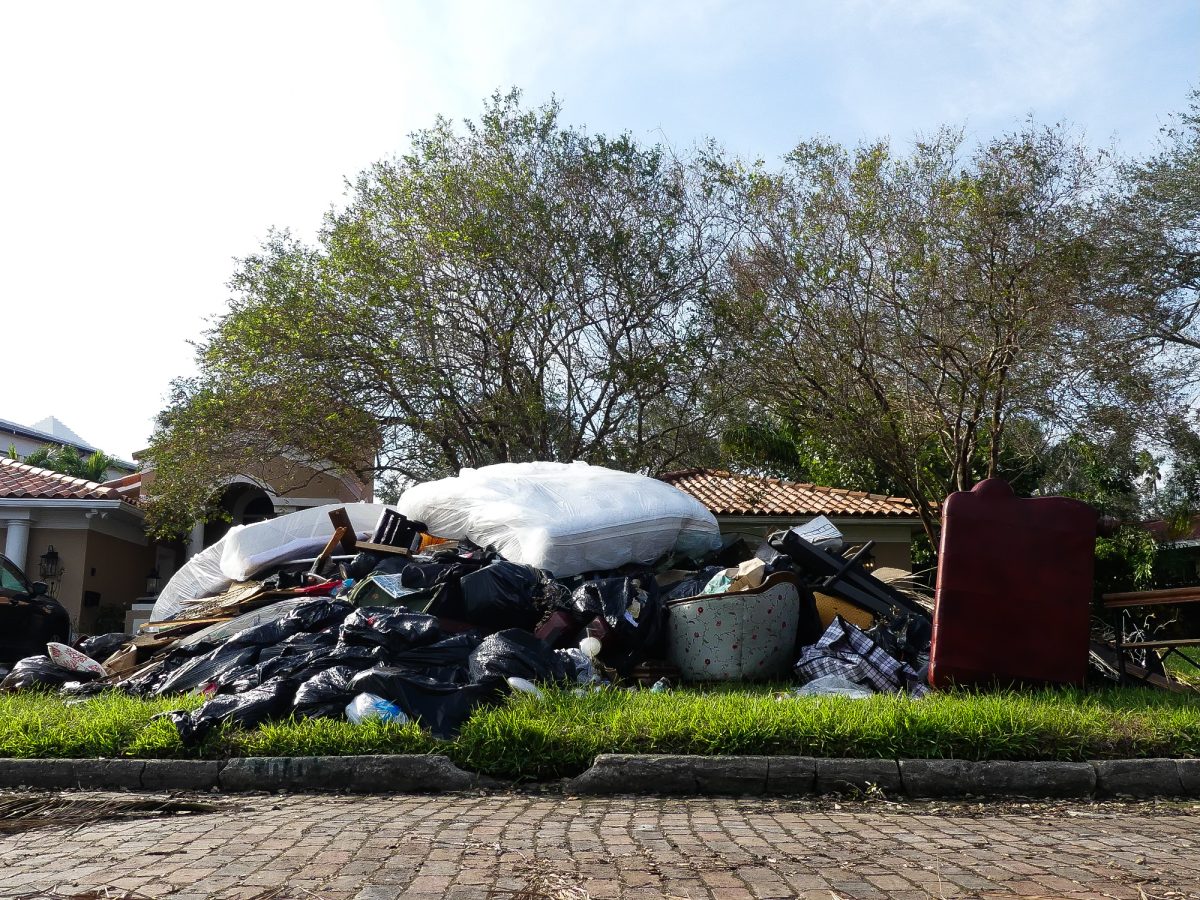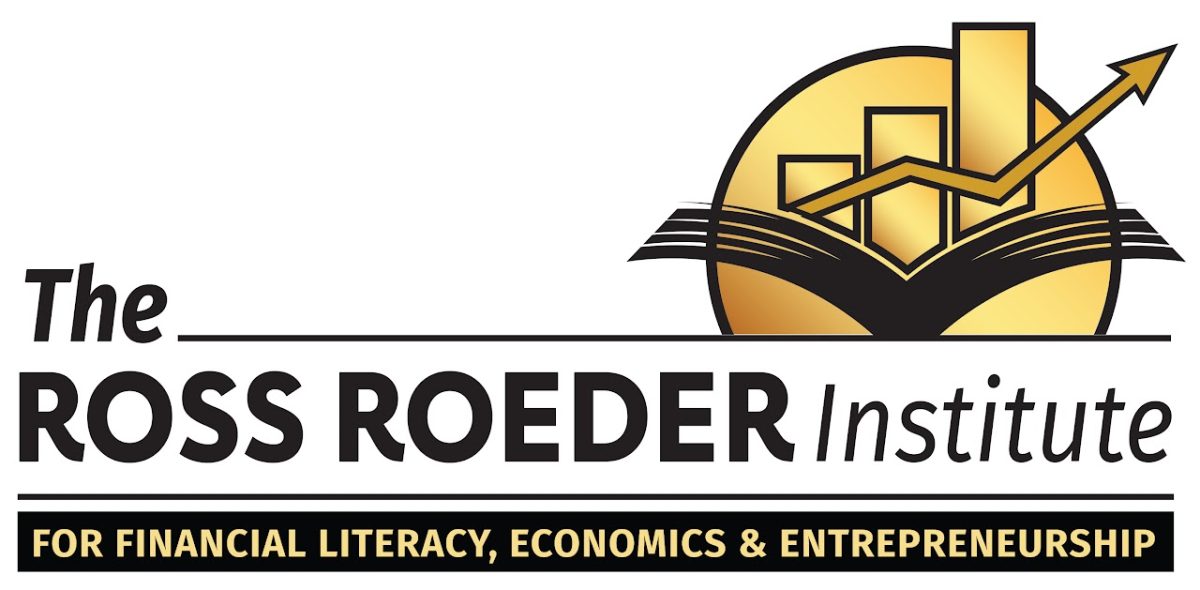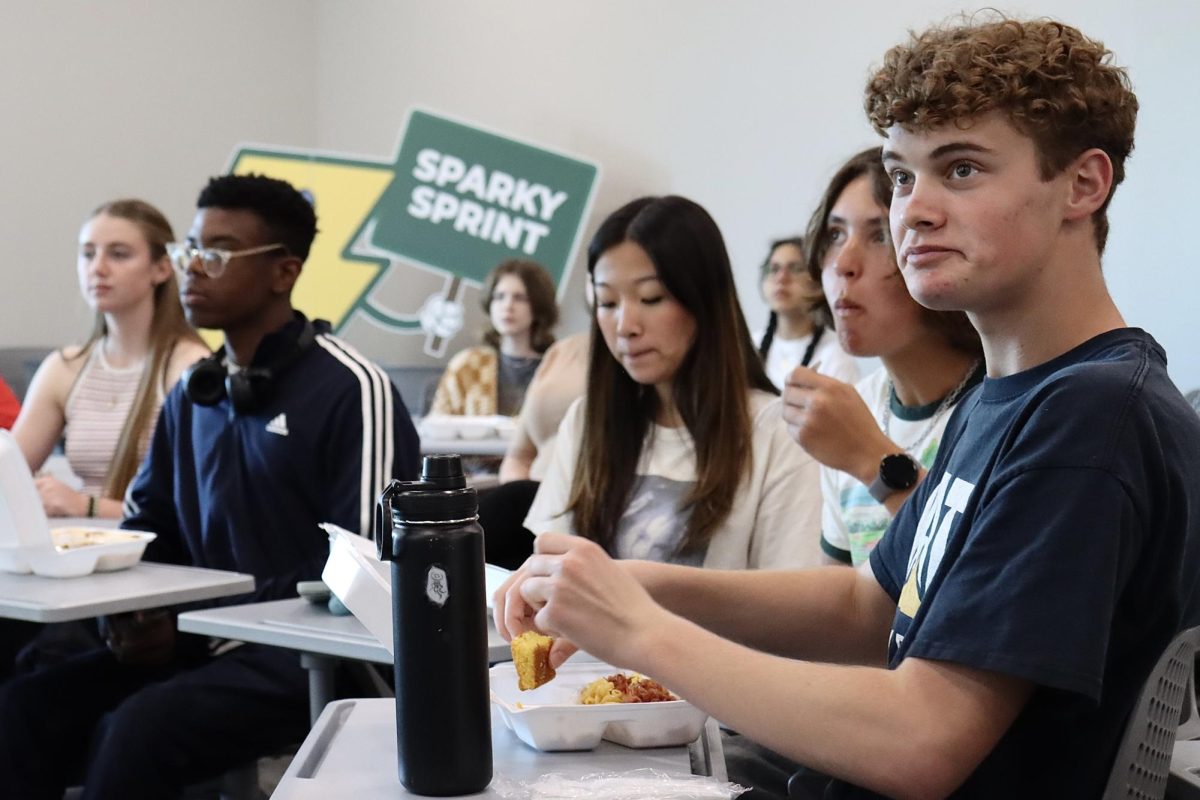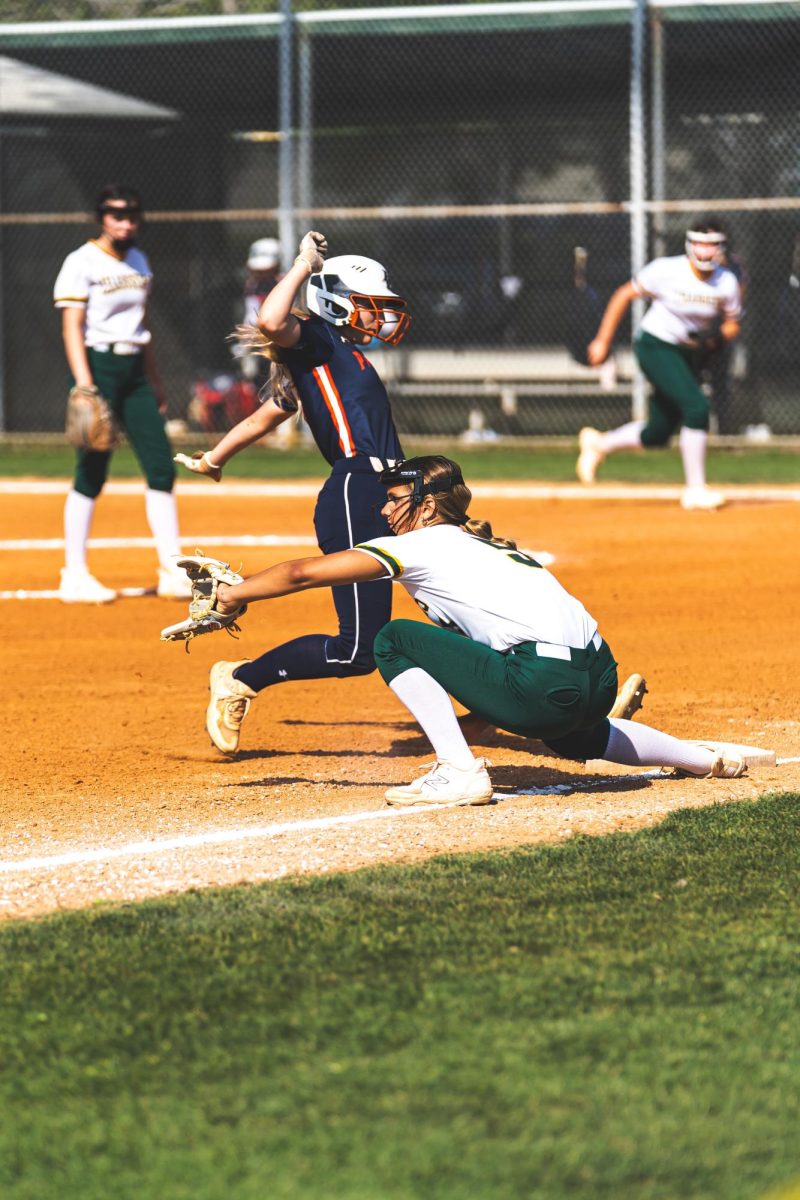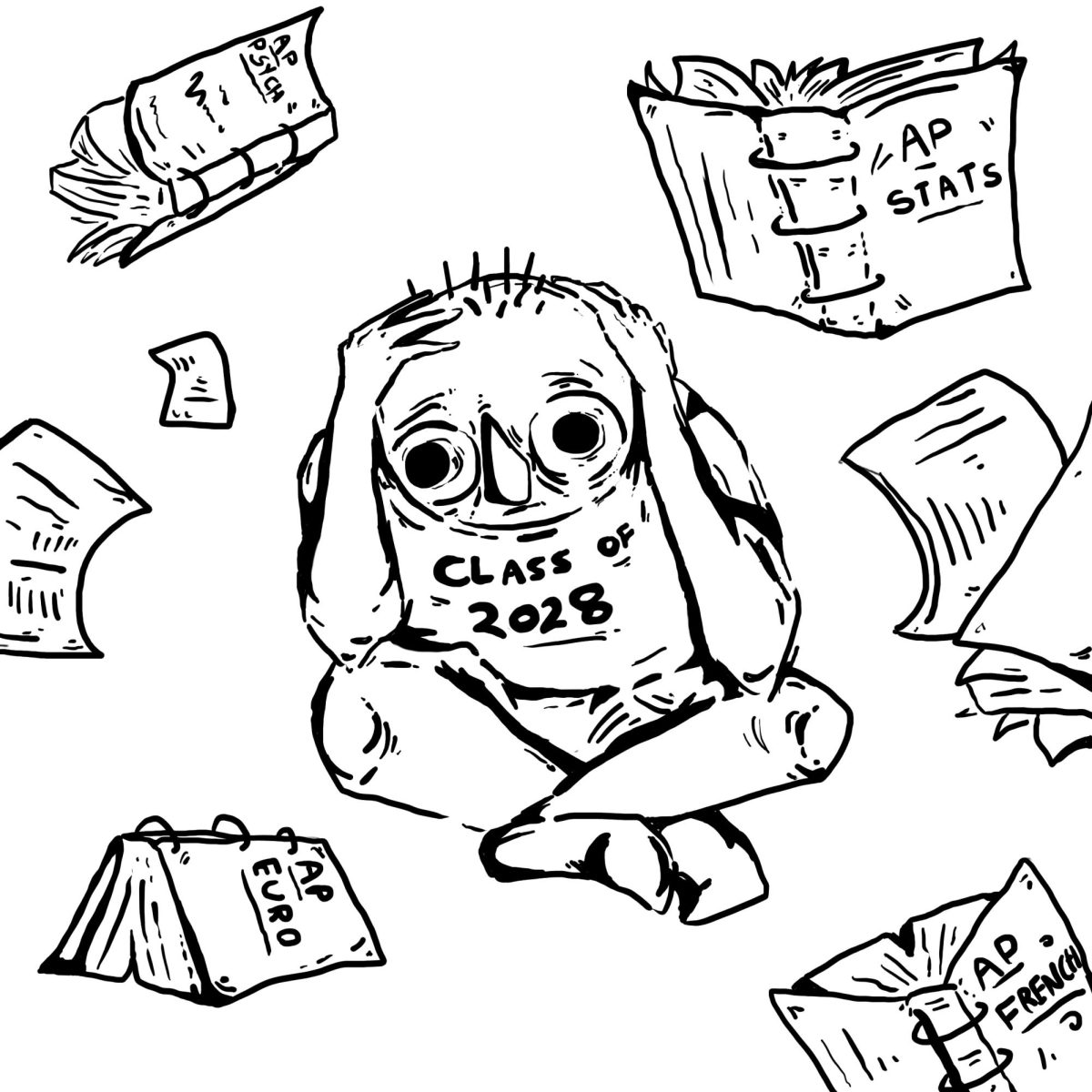Students enter Upper School freshman year eager to expand their interests and learn new things. For many, that means trying out a myriad of AP classes. However, in the face of Shorecrest’s firm AP Limit, students must make hard choices and often overload themselves with work in their junior and senior years.
Per the Shorecrest Course Catalog, the AP Limit differs for underclassmen and incoming Upper School students. For the current sophomores, juniors, and seniors, students can take up to 11 APs or post-APs in total, no more than five in one year, and no more than two sophomore year. For the Class of 2027 & beyond, students can take up to 12 APs or post-APs total, no more than five in one year, and no more than two sophomore year.
The most notable difference between the older and newer AP Limit is the increase from 11 to 12 APs or post-APs. Further, it’s worthwhile to recognize that the limit in sophomore year forces students to take the majority of APs as upperclassmen, especially if they’re looking to max out on their AP classes in the first place.
What’s the rationale behind maxing out? As a college prep school, Shorecrest’s mission revolves around college admissions. AP classes are historically more rigorous classes, therefore leading students to believe that more APs make their college applications more competitive.
Director of College Counseling Myra Simpson said, “Shorecrest reports to colleges that students are limited to 11 AP classes; if a student has taken all of the AP courses that they could take, then they know that the student has taken the highest level of course rigor available to them.”
However, Simpson said, “The rationale behind the AP Limit is the belief in supporting student well-being and helping students to balance the workload that accompanies taking multiple AP classes.”
On the outside, this policy sounds super beneficial to students and the Shorecrest environment. However, in a student’s four years, this limit becomes extremely complex.
“I do have to decide between AP [European history] and AP Comparative Government. I have to give up one of them, which really upsets me because I love history. I’m a history nerd … I just want to take both history classes, but the AP limit is restricting me from doing so,” said sophomore Candy Ran.
This school should be promoting the ability to expand one’s interests and ideas at higher levels without a limit weighing students down. A large number of people do not have the ability to take full advantage of Shorecrest’s classes due to the AP limit, therefore limiting their expansion of knowledge.
Additionally, this limit disregards its actual purpose, as it does not reduce stress on the student. Freshman Jill Marcus said, “I feel like, as someone who wants to reach the limit for APs, knowing that I’m gonna have to cram a lot into my last two years is going to be really stressful. I don’t know that I’ll be able to do as well as I would do if I was able to spread them out.”
Many argue that this policy is unfair and restrictive towards students, as it actually induces stress on those juniors and seniors who want to make their applications look as good as possible. As freshmen, high schoolers are forced to meticulously plan what classes they will take during their next three years. The intentions behind this rule are understandable. However, they are not successful in a school where kids have big college plans and even bigger ambitions.
If anything, the AP limit suggests that driven students must do 11 or 12 APs to be considered “smart.” Students should be able to use APs to expand on their interests without a barrier. A limit on APs is a limit on students’ freedom.




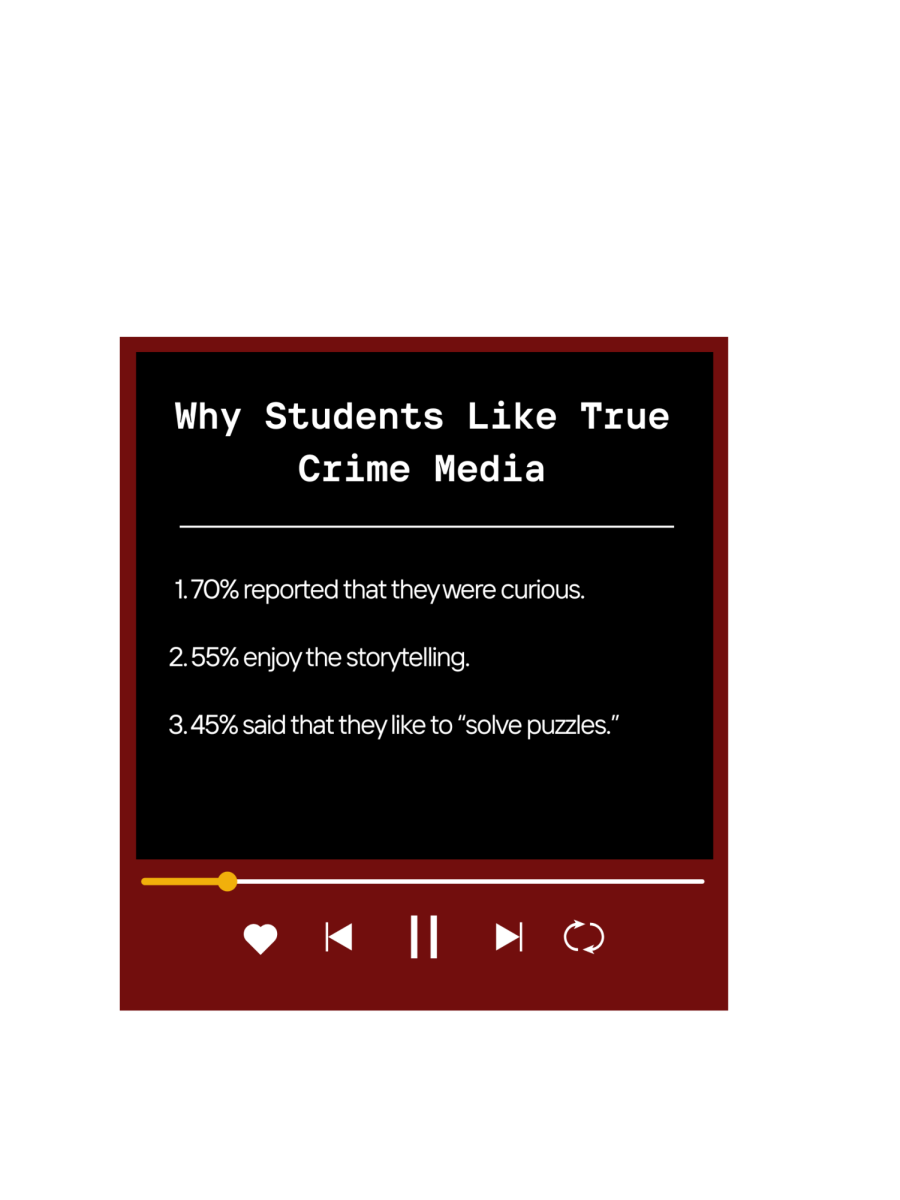
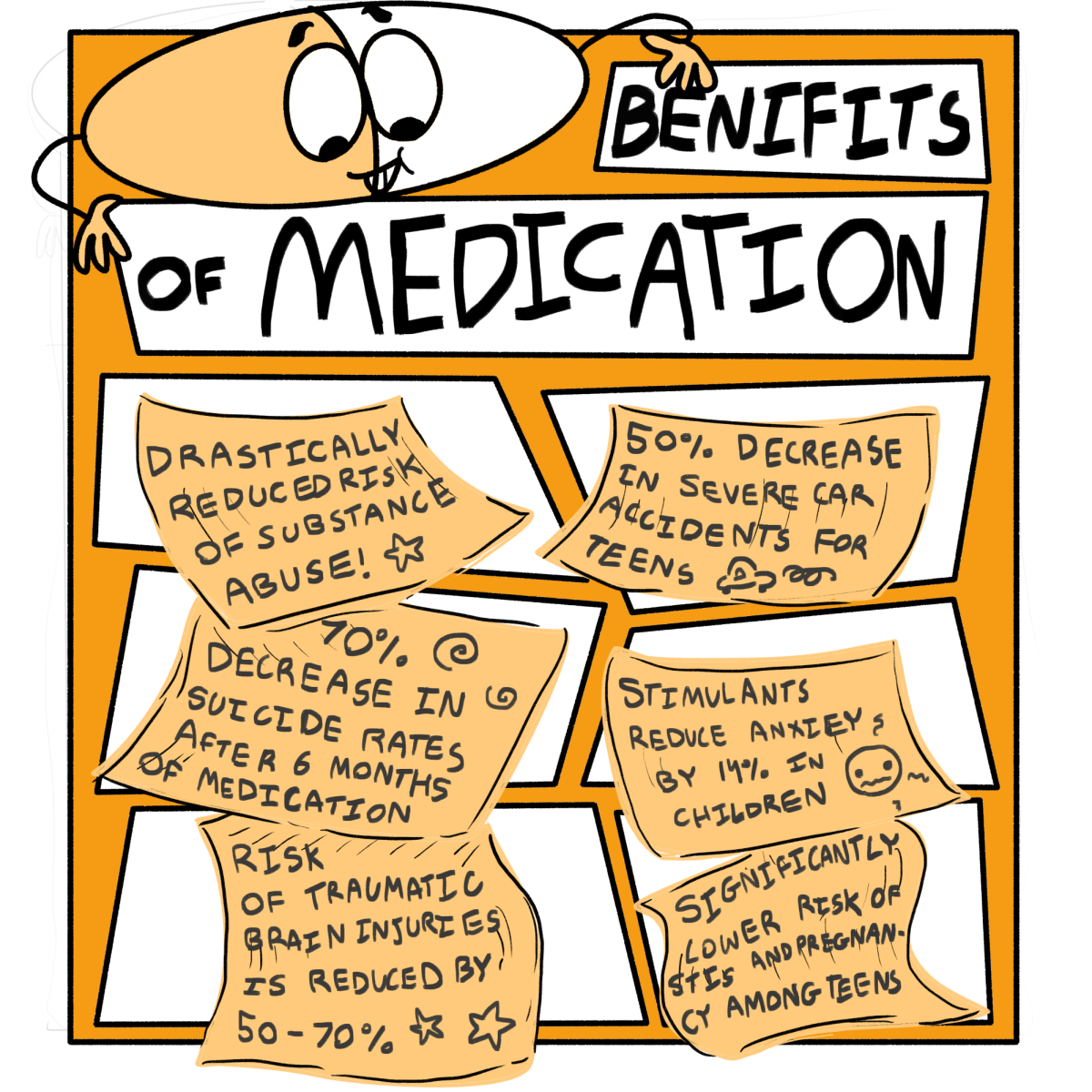


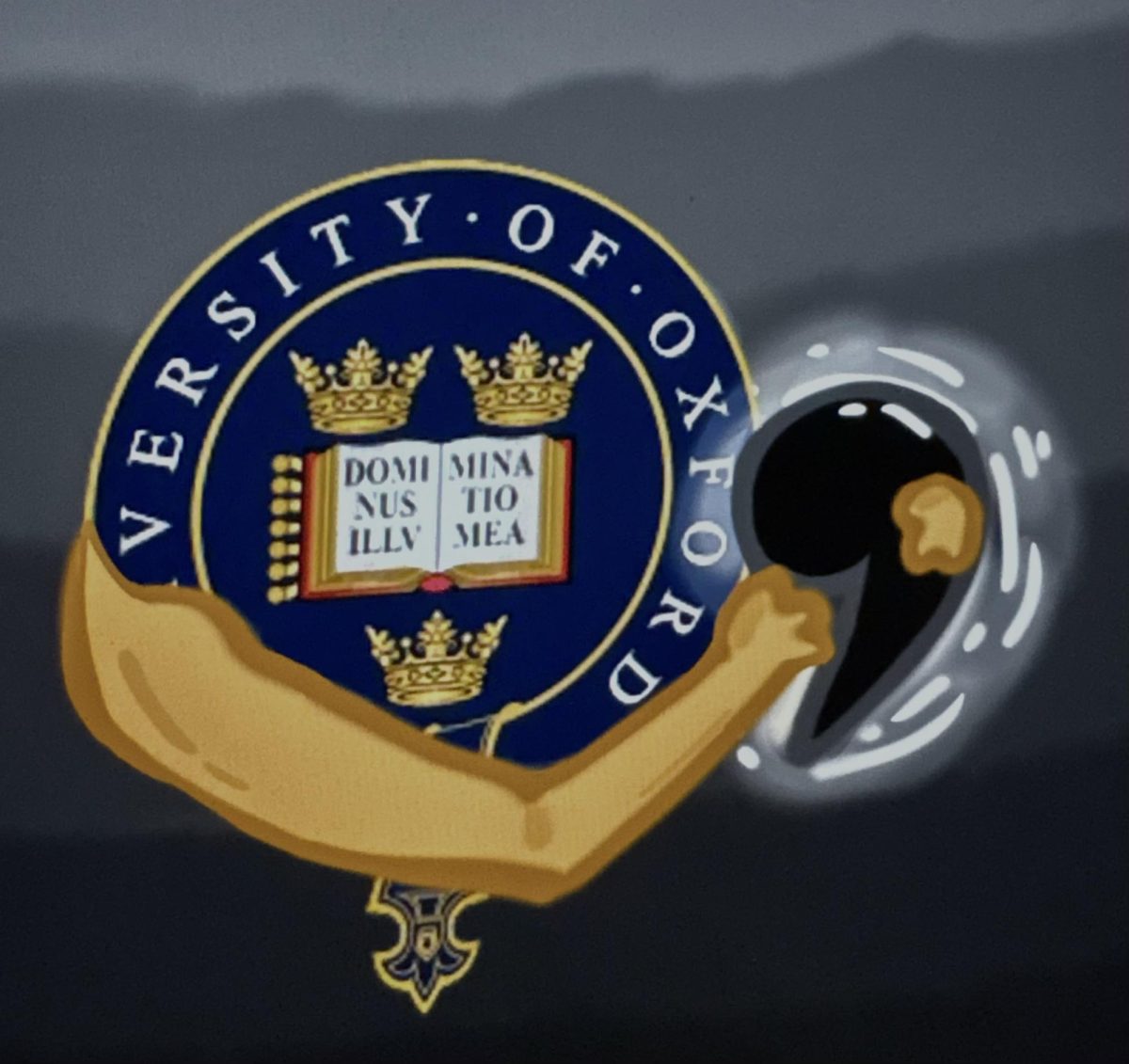



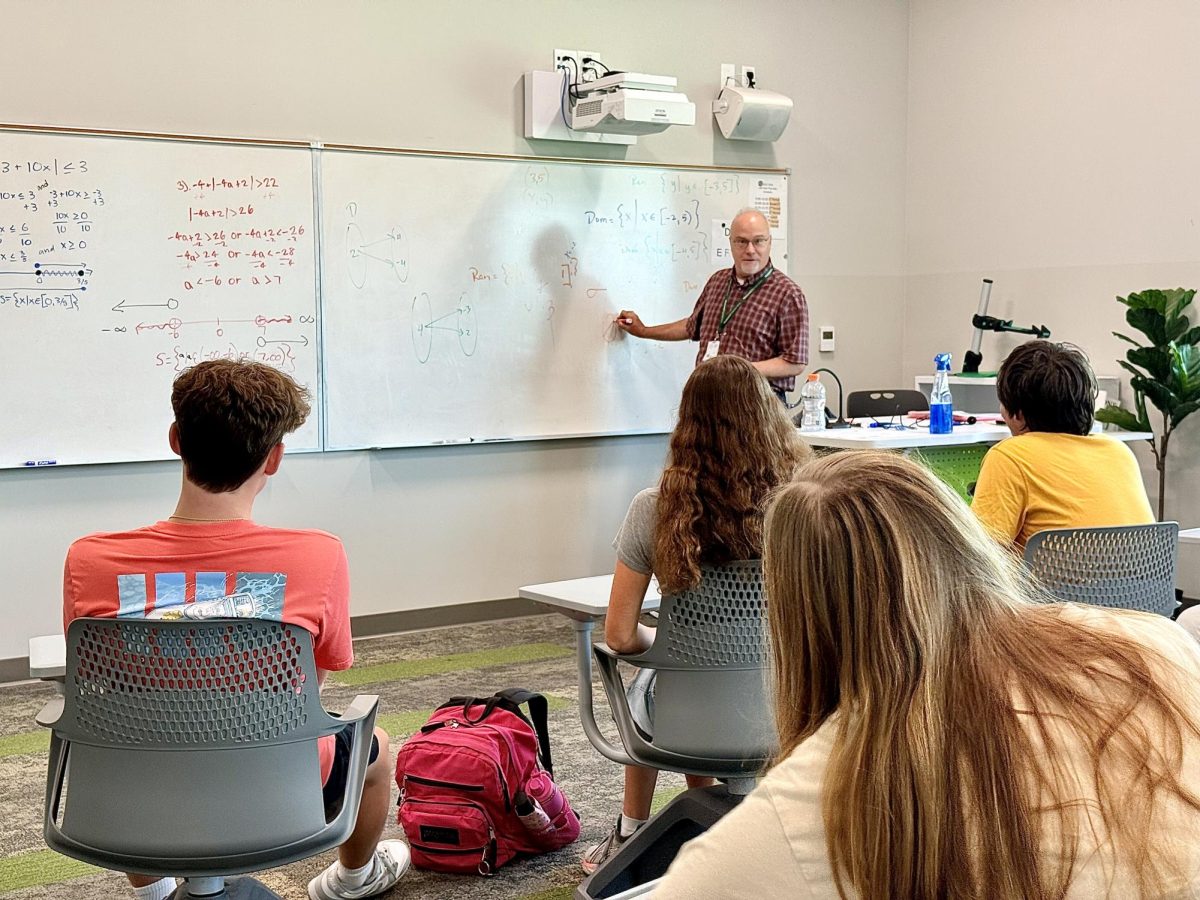


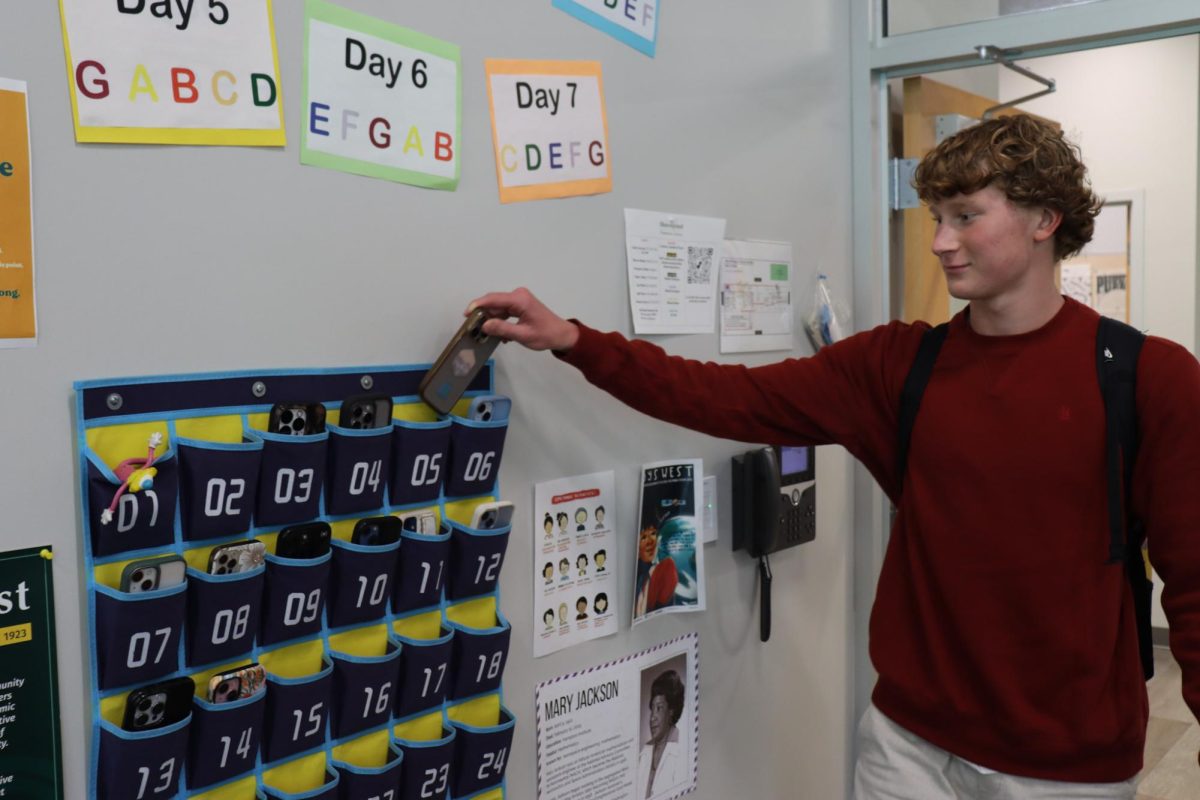






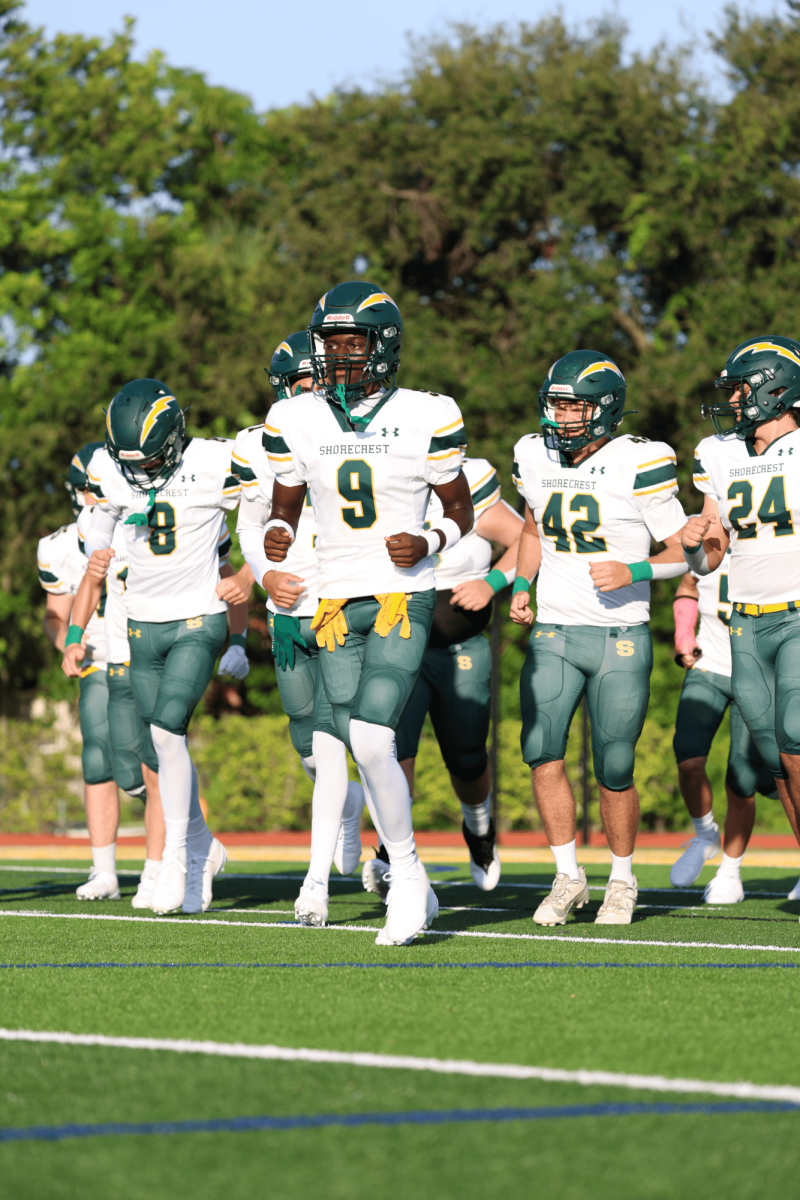







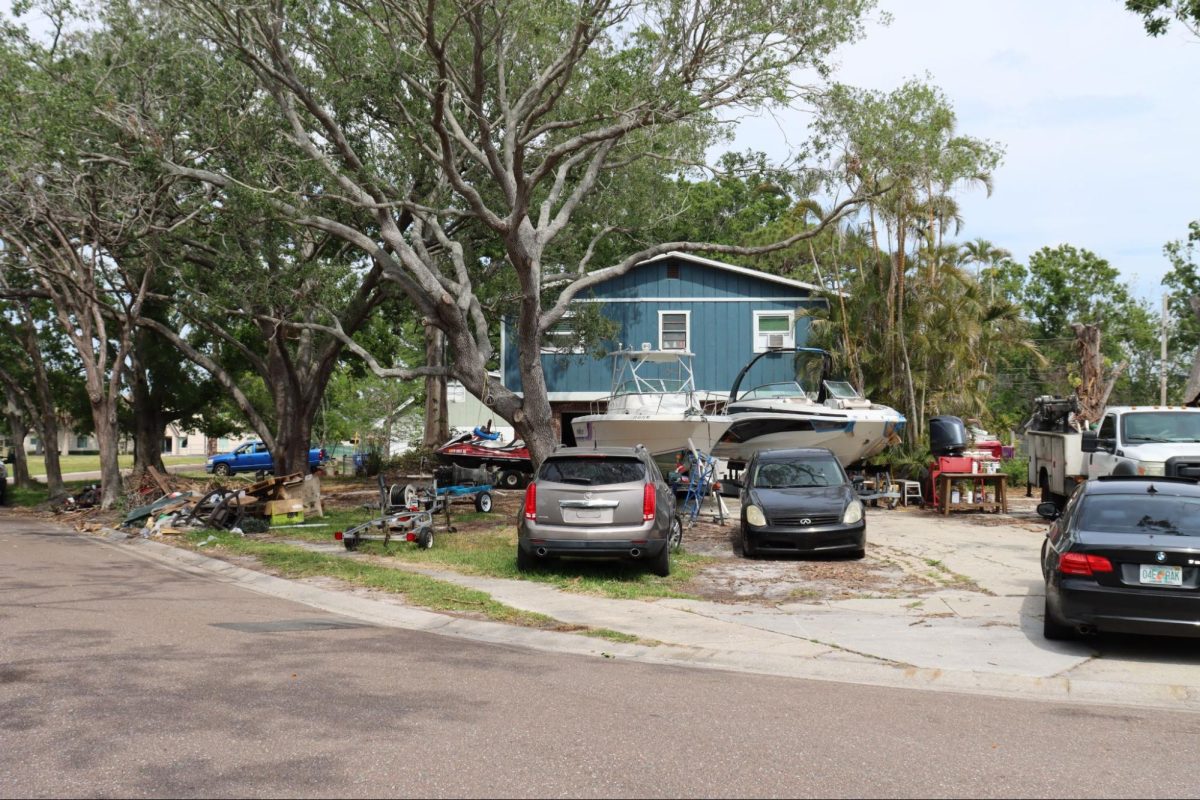



![Thespians pose on a staircase at the District IV Thespian Festival. [Front to back] Luca Baker, Maddison Cirino, Tanyiah Ellison, Alex Lewis, Summer Farkas, Jill Marcus, Ella Mathews, Sanjay Sinha, Isabella Jank, Sofia Lee, Boston Littlepage-Santana, Sally Keane, Tyler Biggar, Tanner Johnson, Jasper Hallock-Wishner, Remy de Paris, Alex Jank, Kaelie Dieter, and Daniel Cooper. Photo by Michael McCarthy.](https://spschronicle.org/wp-content/uploads/2024/12/image1-900x1200.jpg)

